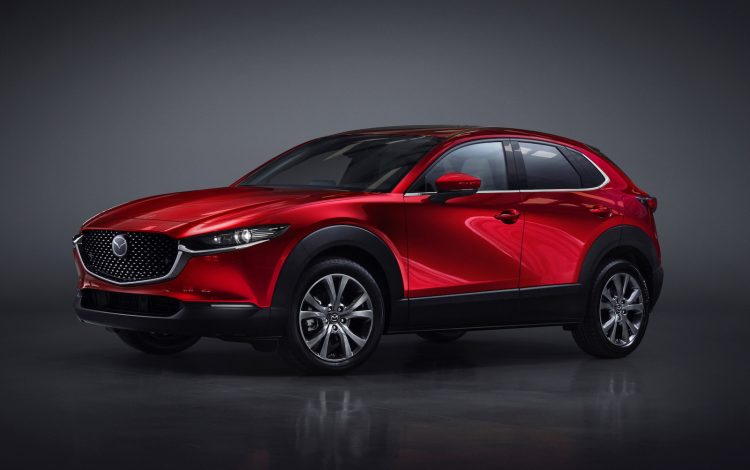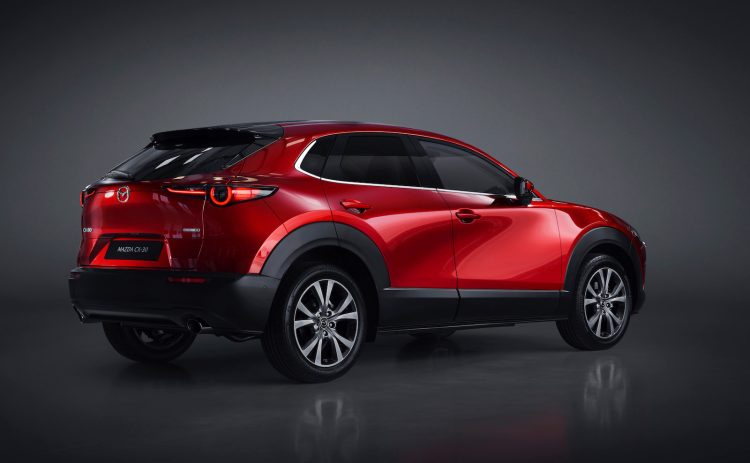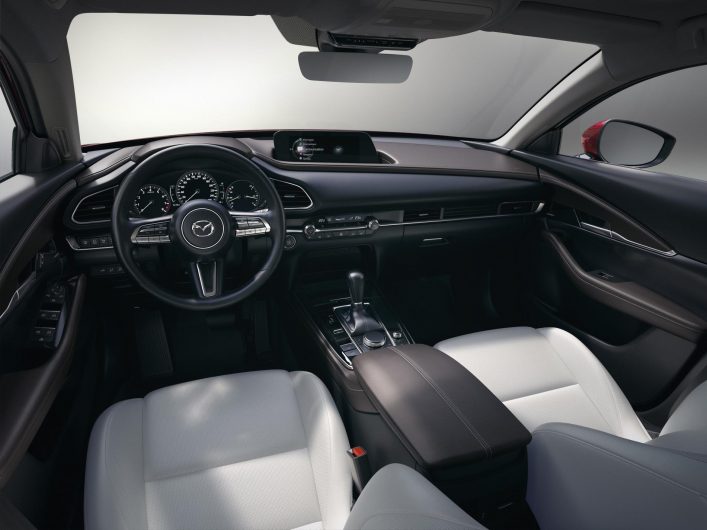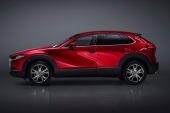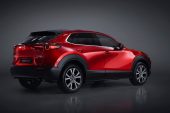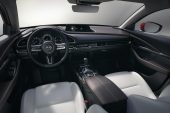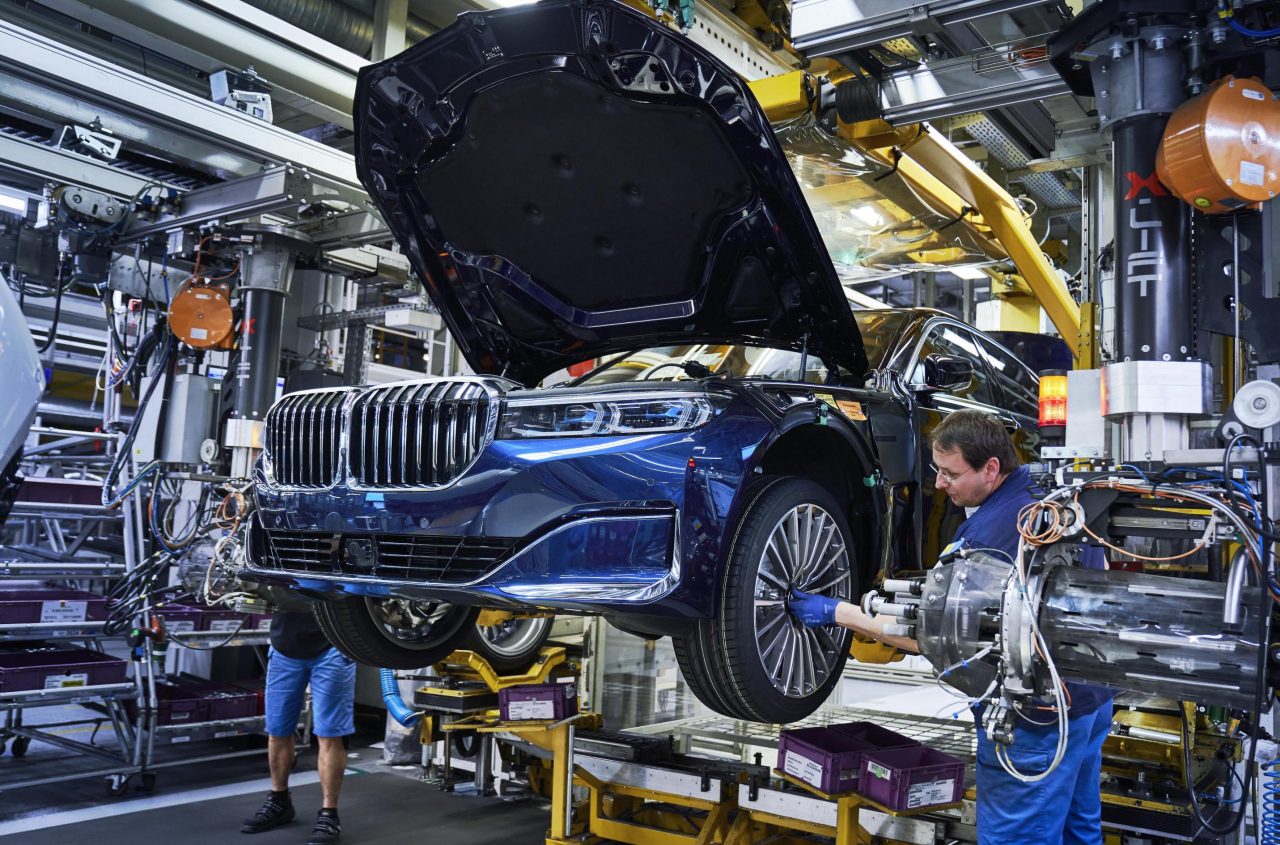Mazda will soon introduce a fifth SUV to its lineup, sixth if you include the Chinese-only CX-4, with the introduction of the CX-30. The new model made its international debut at the 2019 Geneva Motor Show, currently underway.
The CX-30 is pitched as a small-medium SUV to slot in between the CX-3 and Australia’s best-selling SUV, the, CX-5. Despite featuring a nameplate similar to the CX-3, the new model is 120mm longer, 30mm wider, and rides on a wheelbase that’s 85mm longer than the existing CX-3. However, it does share the same 1540mm roof height.
By comparison, it’s also slightly smaller than the CX-5; 150mm shorter, 45mm narrower, 150mm lower, and rides on a wheelbase that’s 45mm shorter.
With these larger dimensions over the CX-3 comes more interior space. Mazda describes it as offering more distance between the two front seats, for a wider centre console, while rear seat room is “spacious”, offering “plenty of legroom”, and it comes with a wider centre armrest.
Cargo space is rated at 430L, which is a lot more than the 265L presented in the CX-3, and only just less than the CX-5’s 442L. Compared with the CX-3 the CX-30 also offers 15mm more ground clearance, at 175mm, boosting all-terrain capability somewhat. Although, the ground clearance isn’t as high as the CX-5’s 210mm.
So, as you can see the CX-30 is a bit bigger than the CX-3 but slightly smaller than the CX-5. Does that mean it has a firm position in the market? Well, judging by the fact the CX-5 is and has been the best-selling SUV in the country for quite a few years now, we’re guessing a decent proportion of the local market will be eager to place an order.
Local specifications are yet to be confirmed, but at the time of its unveiling Mazda confirms the CX-30 will come with a 2.0-litre petrol engine, a 1.8-litre turbo-diesel, and the new Skyactiv-X 2.0-litre petrol engine featuring “Spark Controlled Compression Ignition” technology.
The platform, which is believed to be shared with the Mazda3, accommodates all-wheel drive. However, according to the press release the model features a torsion beam rear suspension system. This is not what is used on the current Mazda3 and isn’t compatible with a rear differential. We assume the front-wheel drive base variants will adopt this more basic rear suspension setup. A MacPherson strut system is applied to the front end.
As for some of the technology applied to the interior, the CX-30 will showcase Mazda’s latest 8.8-inch wide-screen media interface and command controller on the centre console. The screen doesn’t support touch operation, but rather, operates only by the command controller. There’s also a head-up display system, an eight-speaker sound system as standard (local specs yet to be confirmed), with a 12-speaker Bose system for upper variants.
Market entry for the Mazda CX-30 is penned in to start from the middle of this year from a global perspective. Australian timing and prices are yet to be confirmed.
